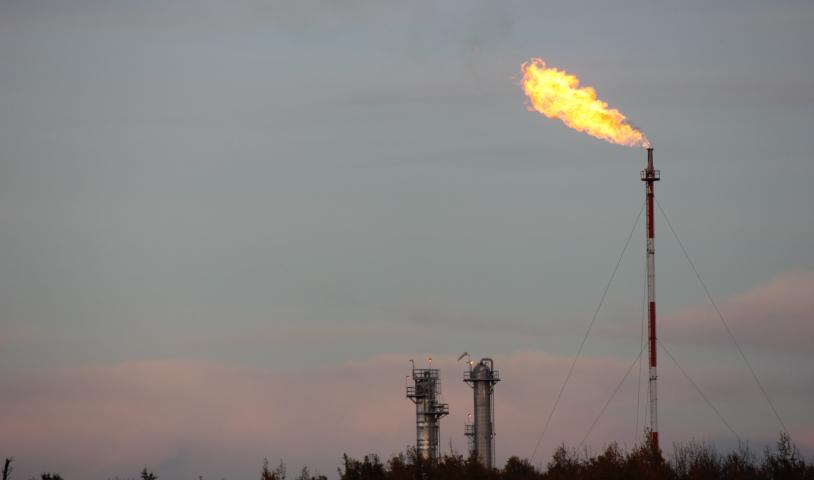Mikisew First Nation takes Wood Buffalo concerns to UNESCO
Friday, June 26, 2015Fort Chipewyan’s Mikisew Cree First Nation is appealing to the United Nations to help protect Wood Buffalo National Park from the impact of oil sands development and dam construction in British Columbia.
At a meeting next week in Bonn, Germany, UNESCO’s World Heritage Committee will consider the Mikisew’s petition to list as “in danger” the vast national park that straddles the border of Alberta and the Northwest Territories and includes much of the Peace-Athabasca delta on the western end of Lake Athabasca.
Wood Buffalo was designated as a world heritage site in 1983 in recognition of its diversity of wildlife – including the then-endangered whooping crane and large herd of wood bison – and the fact it contained the largest inland freshwater delta in the world. If UNESCO endorses the “in danger” designation, the UN agency would seek to work with federal and provincial governments to come up with protective measures.
“The southern portion of the park is really what is of critical concern to us, and that’s the delta,” Melody Lepine, the Mikisews’ director of government and industry relations, said in an interview as she prepared to leave for Germany. “We’re asking for a buffer zone so that all of the tributaries that feed into the delta area can be protected.”
She said Teck Resources Ltd. has an application for approval of its proposed Frontier mine before the Alberta regulator, and that Teck’s lease covers tributaries of Lake Claire which feeds the delta. As well, several leases – for development of in situ projects that use steam to extract bitumen from underground – are close to the southern boundary of the park.
The Mikisew Cree First Nation (MCFN) is based around the Fort Chipewyan area, a lakefront community it shares with the Dene of the Athabasca-Chipewyan First Nation (AFCN) and Métis people.
Residents of Fort Chip complain about the degradation of the delta – it is drying up – and loss of wildlife. They blame not only the oil sands development but more importantly the construction of the W.A.C. Bennett Dam on the Peace River in British Columbia for affecting water flows on the Peace. The MCFN and ACFN have also launched a legal challenge to the federal-provincial approval of another dam on the Peace River, B.C. Hydro’s Site C.
In the petition filed last December, the Mikisew Cree contend that Wood Buffalo National Park “is now facing an unprecedented level of immediate threats that are converging from multiple directions.” The ecological damage not only would affect wildlife but would result in the “loss of distinctive indigenous cultures” that the park supports, it says.
Canada “has some of the most stringent environmental and park legislation in the world, and we are protecting and improving the ecological integrity of Wood Buffalo National Park,” Ted Laking, communications director for Environment Minister Leona Aglukkaq, said in an e-mail. The federal government has established a monitoring group – including aboriginal communities and conservation groups – to assess impacts and a management plan to protect the delta.
In a response filed with UNESCO, the federal government insisted it is committed to protecting the ecological integrity of the park, and argues the Mikisew “overstate the case” for a danger listing. It says any impacts from industrial activities “are not necessarily expected to occur on a park-wide scale or affect all of the park’s natural value.”
The community has received backing from a number of environmental groups, including the Canadian Parks and Wilderness Society. As well, a number of former Parks Canada staffers wrote letters to support the Mikisew petition.
Ken East, a one-time superintendent for the park, wrote an assessment of its status last year for the UNESCO World Heritage Committee – prior to the petition being filed – and supports its intent. Mr. East said he doesn’t agree entirely with the Mikisew assessment of current impacts but said it’s clear the delta is being damaged by the damming on the Peace, as well as by climate change. And it’s equally clear that further industrial development – including oil sands projects and Site C – pose serious threats.
“The Mikisew are absolutely correct in stating that these constitute a significant potential threat to the Peace-Athabasca delta and the integrity of the world heritage site,” he said in an interview.





